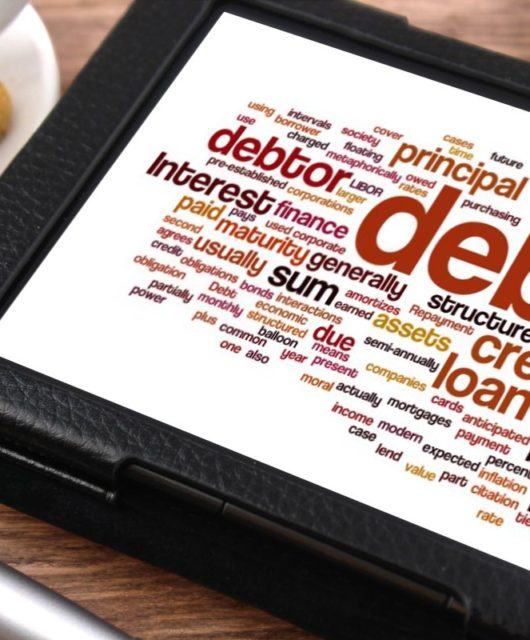These 6 Household Finance Hacks Can Save You a Boatload
You don’t have to take a hatchet to your household’s finances to make a big impact on your family’s bottom line. Pick your cliche: a dollar saved is a dollar earned, every little bit helps, penny wise and pound foolish.

The point is, frugality pays. (That’s a cliche in and of itself, come to think of it.)
“Most consumers actually don’t keep strict budgets or control their household spending on a reliable basis,” says Fergus Cleaver, shareholder in Auckland-based Cleaver Partners. Cleaver is an avid proponent of financial hygiene — setting actionable goals, reining in discretionary spending, saving for emergencies and the unexpected, and growing wealth for the long haul.
Taken together, those tasks sound daunting. And maybe they are. The good news is that each can be broken into discrete action items. Take “reining in discretionary spending,” for instance. Tough in the abstract; easy when broken into bite-sized household finance hacks.
Not convinced? Try these straightforward tips on for size and see where they take you.
- Eat Out Less
If you’ve heard it before, is it still a hack? Fair question. You can be the judge; either way, it works.
How much you spend at restaurants depends largely on where you eat out. Even relatively affordable places, like fast casual stalwarts Chipotle Mexican Grill and Panera Bread, take in nearly $10 per person. With a slow cooker, an Internet cookbook, and bought-in-bulk dry ingredients, you can do a whole lot better in your home kitchen.
- Stream Away
Basic Internet service is a whole lot cheaper than Internet-cable-phone “triple play” bundles, particularly if you’re paying for an upscale package with hundreds of channels you don’t watch.
There’s a better way: combining basic Internet with streaming services like Netflix, Hulu, and Amazon Prime, each of which carries a monthly subscription fee (less than $15 per month, depending on service level). If you like live sports, upgrade to Sling TV, which includes ESPN, Fox Sports and others — you’ll still come out ahead.
- Rent Expensive Tools
Ever heard of a tool lending library? Now you have. Many neighborhood associations and municipal governments maintain tool lending libraries for the benefit of their members or citizens. They’re either totally free to use or require a nominal annual membership fee, and they pretty much eliminate the need to buy expensive tools and equipment that only come in handy once in a great while.
- Ditch the Rental Modem
Back to the Internet: if you’re still using your provider’s rental modem, ditch it and buy a comparable model online or at your local electronics retailer. You’ll spend up to $100 upfront, but you’ll save $10 per month on the back end. Easy.
- Insulate and Weatherstrip
The two magic words. Insulation and weatherstripping keep cold air in on hot days and out on cold days, reducing your heating and cooling bills by tens or hundreds of dollars per year, depending on your home’s size and climate control load. Best of all, the typical project costs less than $50 and takes an afternoon.
- Buy New Appliances and Electronics
But that’s more expensive than picking up gently used equipment, you say.
You’re not wrong. But you’re also only half right. It’s true that older (pre-used is the fashionable term) appliances and electronics cost less up front. However, they’re almost uniformly less efficient than their newer counterparts. The longer they last, the more they cost on the back end. So, while it’s probably not worthwhile to pay $500 more for 10% energy savings on a laptop you expect to last three or four years, it’s definitely in your interest to pay more for comparable savings on a new air conditioner or furnace
When in doubt, check your appliance’s Energy Star rating, which includes information about projected annual operating costs.
How are you hacking your household’s finances today?









